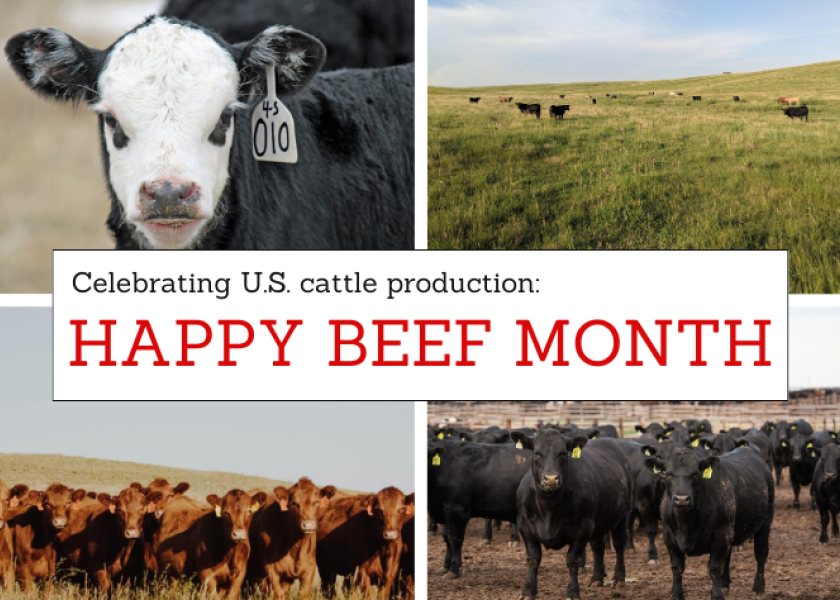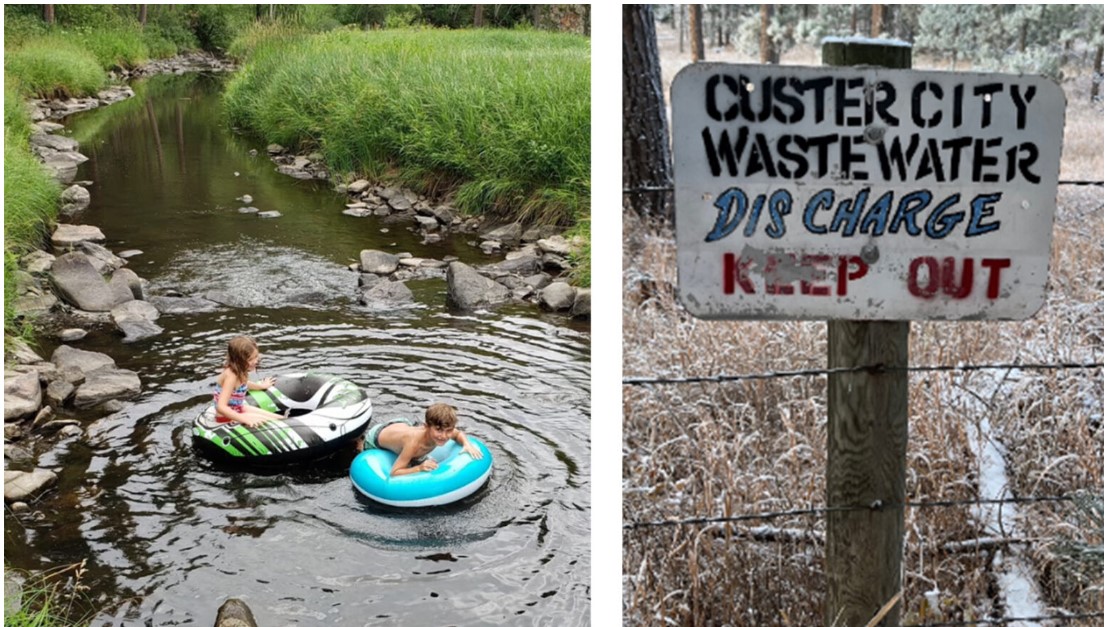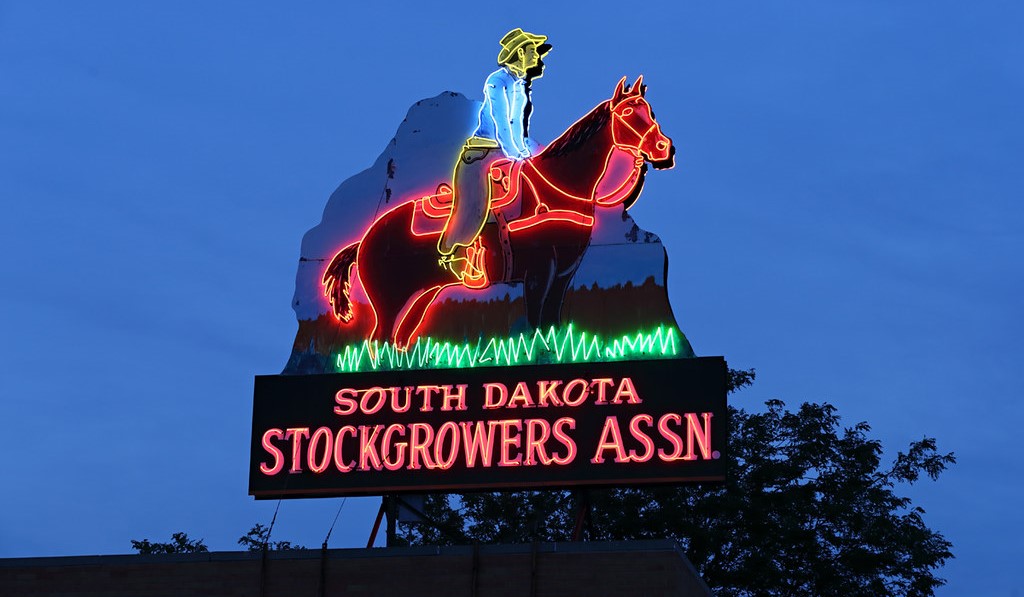DENVER CO – For some cattle producers, this is a month of branding calves, turning cattle out to pasture or preparing for the warmer months ahead. While cattle production is something we celebrate every day, this May—also known as “Beef Month”—we especially tip our hats to all the hard working cattlemen and cattlewomen who not only make a living from the industry, but also make a life.
Beef cattle production has played a significant role in shaping the agricultural landscape of the U.S. With a rich history dating back to the arrival of European settlers, the industry has evolved over the years to meet the growing demands of a rapidly expanding nation.
Here’s a look at the historical aspects of beef cattle production in the U.S., examining key milestones and the revolutionization of the industry.
Early Beginnings and Expansion
Beef cattle production in the U.S. can be traced back to the early 1500s when Spanish explorers introduced cattle to the region. Over time, as the colonies grew and expanded westward, cattle ranching became an integral part of the American agricultural landscape. Cattle were predominantly raised for their hides and tallow, with little emphasis on beef consumption during this period.
The Rise of the Beef Industry
The development of efficient transportation networks, such as the expansion of railroads in the late 1800s, led to a surge in the demand for beef. The vast open ranges of the West provided ideal grazing conditions, and ranchers began focusing on breeding cattle for meat production. This marked the beginning of the modern beef industry in the U.S., characterized by large-scale cattle drives and the establishment of sprawling ranches.


South Dakota Beef Industry Council Celebrates May Beef Month 〉
“Beef It Up, South Dakota!” Campaign Underway To Get More Beef To Families, Kids, Elderly 〉
Technological Advances and Industrialization
The early 1900s witnessed remarkable advancements in technology, which brought significant changes to beef cattle production. The introduction of barbed wire fencing revolutionized ranching practices by enabling the enclosure of grazing lands and reducing conflicts between cattle ranchers. Additionally, the invention of refrigerated railcars facilitated the transportation of beef over long distances, expanding the market reach and boosting the industry’s growth.
Transition to Feedlot Systems
In the mid-1900s, the beef industry underwent a transformative shift with the widespread adoption of feedlot systems. As urbanization increased and land availability became limited, ranchers sought more efficient ways to raise cattle. Feedlots emerged as a solution to maximize efficiency and streamline beef production.
The transition to feedlot systems also led to changes in cattle genetics. Ranchers began selectively breeding cattle with traits that favored faster growth and higher meat yields. This practice, combined with improved nutrition and veterinary care, resulted in a significant increase in beef production and improved the overall quality of meat available to consumers.
Embracing Sustainable Practices
In recent years, the beef industry has faced scrutiny regarding its environmental impact, including concerns over greenhouse gas emissions, water usage and land degradation. Many ranchers use strategies such as rotational grazing, which allows pastures to recover and minimizes soil erosion. Furthermore, advancements in feed formulations aim to reduce the carbon footprint of cattle by improving feed efficiency and utilizing alternative feed sources.
Technology and Data-Driven Management
The digital age has brought technological advancements that are transforming beef cattle production. Some ranchers now utilize data-driven management systems to monitor the health and performance of individual animals. Technology, such as genomic testing, allows for more precise decision-making, optimizing feed efficiency and identifying potential health issues at an early stage.
From its humble beginnings to the modern era, beef cattle production in the U.S. has undergone significant changes. The industry has evolved to meet the demands of a growing population, adapt to technological advancements and address consumer concerns and preferences. Today, ranchers are embracing sustainable practices and leveraging technology to ensure a thriving and efficient beef industry for years to come.













